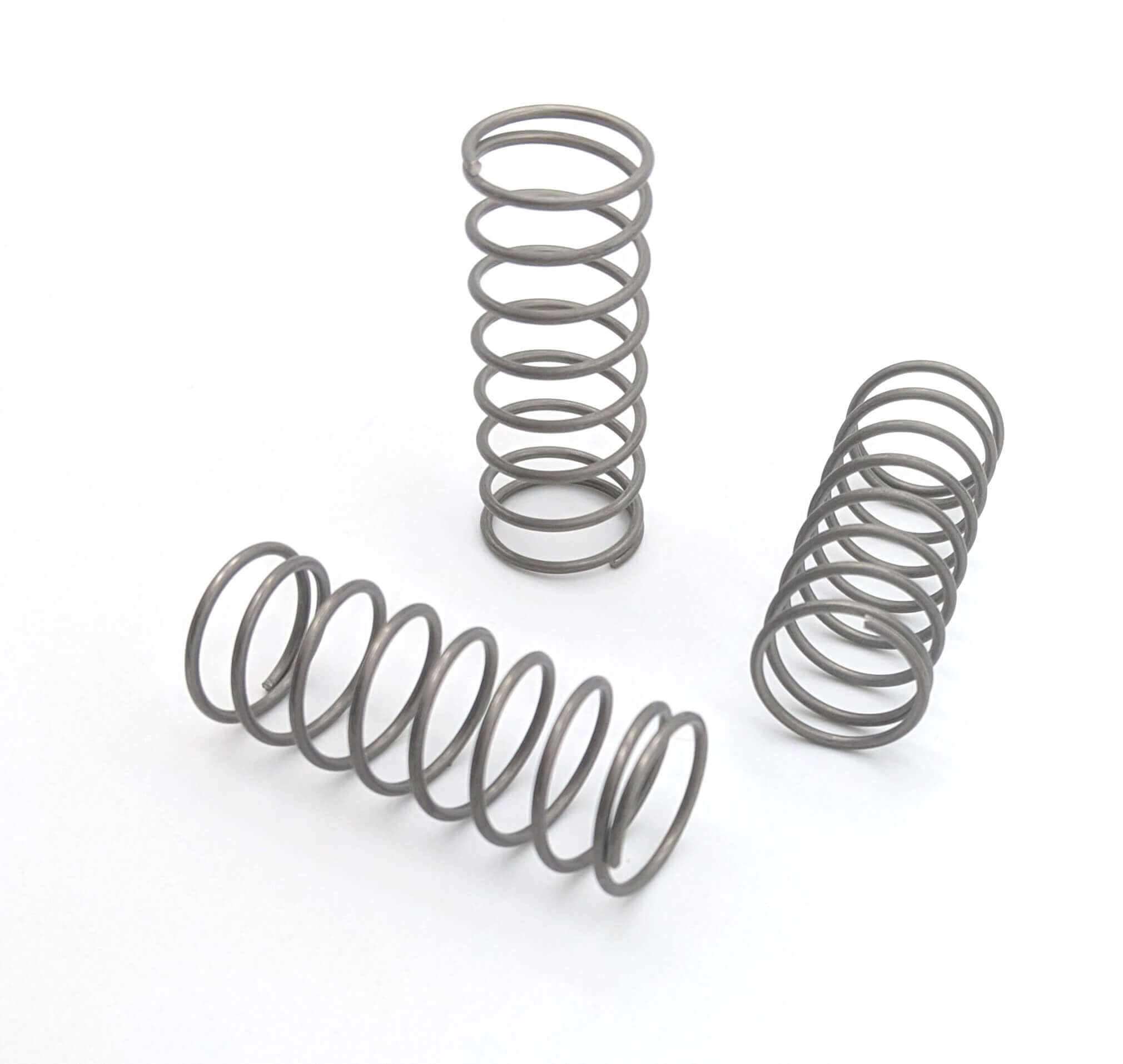Get unique, complex parts easily. No matter your requirements, Chaoyi Spring creates hard-to-produce coil springs and wire forms.
Let us help you create the custom wire form you need, from S-hooks and J-hooks to utility hooks and more.
We work closely with customers across a wide range of industries, helping them design and manufacture made-to-order parts.
Why choose Chaoyi Spring? We prioritize customer-focused collaboration, modern equipment and the latest technology to make your parts per print.
Find the information and guidance you need, from measuring a spring to learning about materials, placing an order and much more.
Imagine a spring that doesn't compress or extend, but instead twists. This is the essence of a torsion spring, a fascinating and ubiquitous component found in everything from door hinges


Imagine a spring that doesn't compress or extend, but instead twists. This is the essence of a torsion spring, a fascinating and ubiquitous component found in everything from door hinges to watches to car suspensions. These springs work by storing energy when twisted, then releasing it to provide a rotational force. While they might seem simple, torsion springs play a crucial role in many everyday objects, making them essential to modern life.

A torsion spring, in its simplest form, is a coil of wire designed to resist twisting forces. Unlike compression or extension springs, which store energy when compressed or stretched, torsion springs store energy when twisted about their axis. This twisting motion creates a torque that is proportional to the angle of twist.
The most common type of torsion spring is a helical coil spring, where a wire is wound around a cylinder. When a force is applied to one end of the spring, it twists, storing energy within its coiled form. This stored energy can then be released, driving a rotational motion.
The functionality of a torsion spring stems from its ability to store energy through twisting. Imagine a spring attached to a door hinge. When you open the door, you apply a force that twists the spring. This twisting stores potential energy within the spring. When you close the door, the stored energy is released, pushing the door shut. This is a basic example of how a torsion spring can be used in everyday applications.
Torsion springs are characterized by a few key properties, including:
While helical coil springs are the most common type, there are several other variations of torsion springs, each designed for specific applications:
Torsion springs are remarkably versatile and find their way into countless everyday applications. Here are a few notable examples:
The widespread use of torsion springs stems from several key benefits they offer:
When selecting a torsion spring for a specific application, it's crucial to consider several factors:
The use of torsion springs continues to expand as designers find innovative ways to incorporate them into new technologies. As we move towards a more energy-efficient and sustainable future, torsion springs are likely to play an even more prominent role. Their ability to store and release energy efficiently makes them ideal for applications such as renewable energy systems, robotics, and advanced mechanical systems.
In conclusion, torsion springs, though often unseen, are vital components that power a wide range of objects in our daily lives. Their ability to store and release energy through twisting makes them an indispensable part of modern design. From simple door hinges to complex automotive suspensions, torsion springs continue to demonstrate their versatility and importance across diverse industries. Their future looks bright, promising further innovation and integration into an ever-evolving world.
Browse some of the custom wire forms and springs that we manufacture. Don’t see what you need? We specialize in made-to-order products that meet your application requirements.
Visit Our GalleryNeed a custom wire form or coil spring? We make it work. Fill out the contact form and a representative will respond within 1 business day. If you have a PDF or CAD file, you can submit to request a quote.